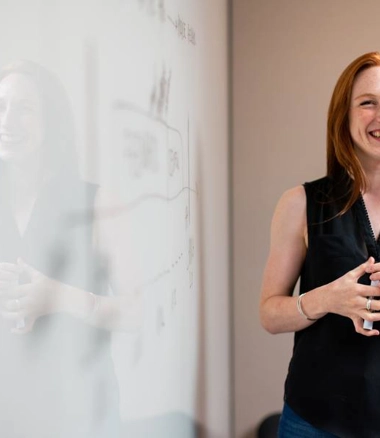
What is Digital Engineering and what does it mean for the Construction & Property Industry?
We caught up with Steven Cassells, Associate Mechanical Engineer and Digital Engineering Lead for Wood & Grieve Engineers, now part of Stantec, to discuss all things Digital Engineering, and the likely impact that new technology and will have within the D&C process. Steve's recent innovation work includes developing and rolling out Reality Capture, VR, AR, real-time rendering, Dynamo, Revit API, Data visualisation and alternative workflow initiatives.
CR: What is digital engineering? How would you define it?
SC: For me, Digital Engineering is the process of implementing new tools and techniques to make more informed decisions quickly, while also improving how we communicate and accomplish goals.
CR: How would you classify the difference between Digital Engineering and Building Information Modelling (BIM)?
SC: For most companies, Building Information Modelling (BIM) has traditionally meant drafting in 3D with the "Information" part of BIM largely underutilised by Engineers. I have always felt “BIM” implies a single tool such as AutodeskRevit in which the building is being modelled. Digital Engineering (DE), implies a whole new sector of engineering encompassing a mountain of new tools and techniques to push the boundaries of how we design and construct. There is certainly overlap between BIM and DE, however, I believe DE is the next generation of “BIM”. It has grown from an infant into a teenager!
CR: Who is involved and whom does it affect?
SC: Digital Engineering will affect everyone in the industry including clients, contractors, vendors and asset managers. Initially, the group best placed to begin exploring digital engineering are the tech-savvy employees such as BIM modellers. Moving forward, however, engineers and architects will play a much bigger part in the digital transformation as data analysis and manipulation will enable us to fundamentally change our design workflows.
CR: What are the benefits of ‘digital engineering’?
SC: I recently learnt that the construction industry is the second least optimised industry in the world (only topped by the Agriculture and Hunting industry). Just like every other industry, we are always challenged to do more with less. The construction industry should look to the much more streamlined technology and manufacturing industries to see the significant benefits of embracing innovation and process improvement. Digital engineering will enable us to automate and optimise and therefore, empower our industry to design and construct better, quicker, greener and cheaper than ever before.
CR: What skills/software skills are the most in-demand/lacking in the industry?
SC: For WGE now part of Stantec, our most desired software skills include Autodesk Revit, Dynamo and coding languages such as C# and Python. I believe these skills would be sought after in most engineering firms. Other skills lacking in the industry include the area of Machine Learning and AI, however, we have a lot of work to do as an industry before we can take full advantage of these two technologies. This work includes a significant uptake in data capture, data structure, and data storage. In addition to this, we also need to break down the silo’s in which companies currently operate in our industry.
CR: How do you see digital changing in the next 5 years?
SC: As our industry gets up to speed with digital transformation, I believe you will see most initial endeavours focusing on basic task automation and communication improvements. Engineering firms are typically driven to win and deliver great jobs while making a good profit along the way. Automation and communication improvements will significantly help those efforts. For this reason, I believe leadership teams will focus on these areas first.
Over time I predict this focus will change. As large portions of the design process become automated, there will be a refocus towards Optimisation. Similar to generative design in architecture, once automation is significantly advanced, clients will start to ask for hundreds if not thousands of design scenarios looking to optimise each component. For example, I was involved in a project a few years ago that ran all of the possible connection scenarios of a heating system to find the optimal configuration with the lowest static pressure and therefore energy usage. I believe this will be a common theme within the next 5 years.
CR: What advice would you give to an engineer interested in pursuing digital engineering?
SC: Hard skills like competencies in the coding languages mentioned previously are critical. Constant upskilling is necessary, so you need to enjoy learning, a lot. Soft skills are equally important. Anyone working in the DE space is essentially working in change management. Developing the skills to be able to take a step back, analyse workflows and find the roots of complex company issues is invaluable. Developing good people skills and learning how to “sell” a solution to a person (or group of people) will benefit you throughout your career. This is particularly important in digital engineering. Senior management drive changes in our organisations and, more often than not, it is these individuals who are not familiar with new technologies. It's critical that digital engineers have the skills to educate and sell the benefits of such tools to senior stakeholders. Like most things in engineering, learning how to be a great team player and solution-focused is key.
If you have any questions about the article or would like to offer your input on any of the above questions/comments, then feel free to reach out! Thanks for your time, Steve!





